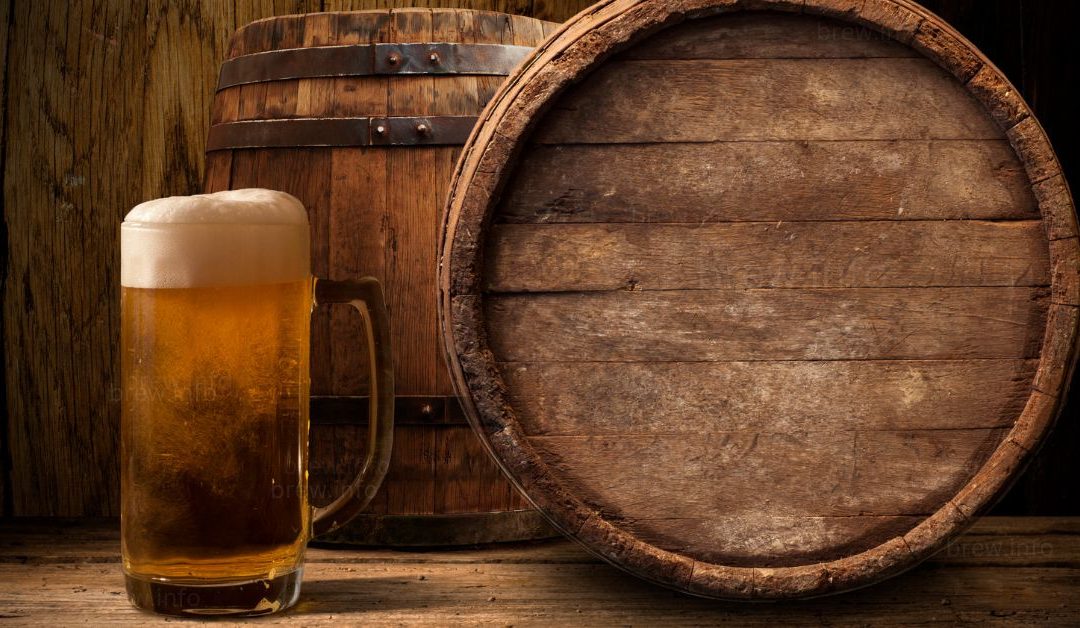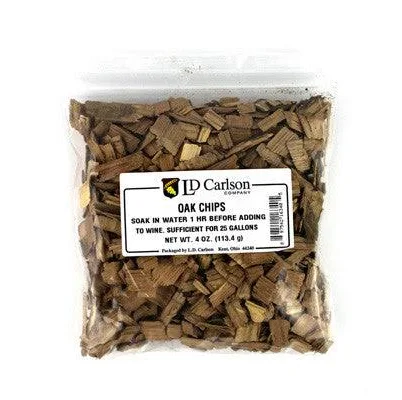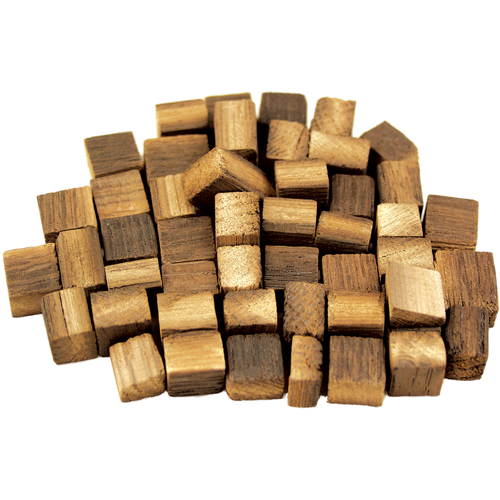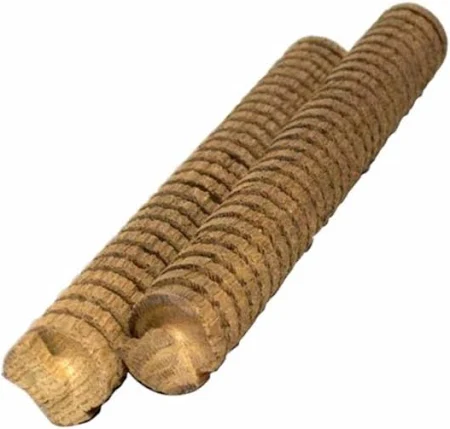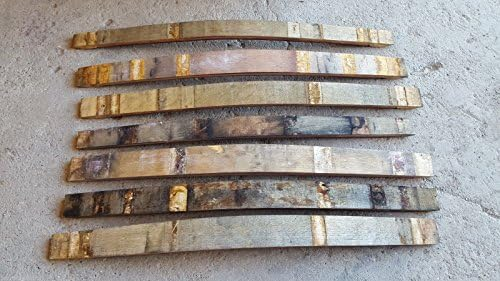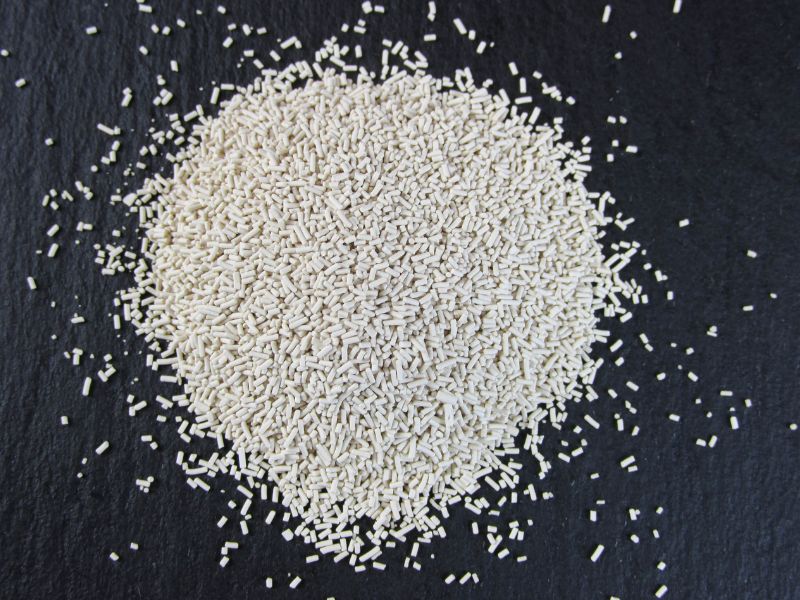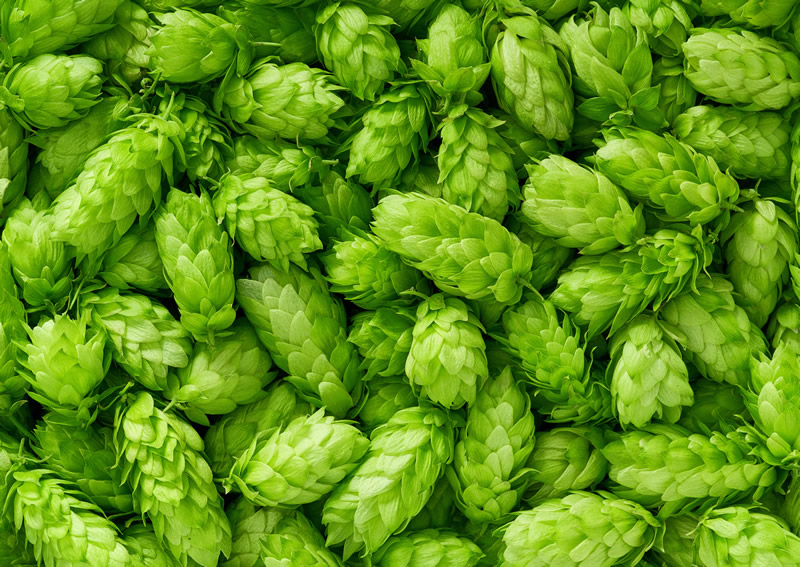Are you interested in taking your homebrewing skills to the next level? If so, then you’re going to love learning about the art of creating unique beers with wood aging and barrel flavorings. In this article, we’ll explore the fascinating world of incorporating wood into the beer-making process and how it can enhance the flavors and aromas of your brews. Whether you’re a seasoned homebrewer or just starting out, this guide will provide you with the knowledge and techniques to elevate your creations to a whole new level of complexity and deliciousness. So grab a pint, sit back, and let’s dive into the wonderful world of wood aging and barrel flavorings for beer.
Choosing the Right Wood for Aging
Wood aging is a technique that has been used for centuries to enhance the flavor profile of beers. By aging beer in wooden barrels or adding wood flavorings during the fermentation process, brewers can create unique and complex flavors that are not achievable with traditional brewing methods. However, not all woods are created equal when it comes to aging beer. Understanding the impact of different woods is essential in choosing the right wood for your aging process.
Understanding the Impact of Different Woods
Different types of wood can impart different flavors and characteristics to beer during the aging process. Oak is the most commonly used wood for aging due to its mellow and well-rounded flavors. It can add notes of vanilla, caramel, and even a hint of spice. Other popular woods for aging include cherry, walnut, and maple, each offering its own unique flavor profiles. It’s important to consider the desired flavor profile of your beer and choose a wood that complements or enhances those flavors.
Popular Types of Wood for Aging Beers
Oak is undoubtedly the most popular wood used for aging beers, and for good reason. Its neutral flavors and ability to mellow out harsh flavors make it an excellent choice for aging a wide range of beer styles. American oak tends to be more assertive and can impart flavors of coconut and dill, while French oak is known for its subtler flavors of vanilla and spice. Cherry wood adds a sweet and fruity character to beers, while walnut offers a rich and nutty flavor. Maple wood can bring a hint of sweetness and a touch of smokiness to the beer.
Considering the Size and Shape of the Wood
The size and shape of the wood also play a significant role in the aging process. Smaller pieces of wood, such as chips or cubes, have a larger surface area in contact with the beer, leading to faster flavor extraction. Larger pieces, such as staves or spirals, have a slower extraction rate but can provide a more consistent and long-lasting flavor. The choice between smaller or larger pieces depends on the desired intensity and duration of the wood flavors in the beer.
Preparing the Wood for Aging
Before aging beer in wood, it’s important to properly prepare the wood to ensure optimal flavor extraction and minimize the risk of contamination.
Cleaning and Sanitizing the Wood
Wood should be cleaned and sanitized thoroughly before adding it to the beer. This involves scrubbing the wood with a mild detergent solution to remove any visible dirt or debris. After cleaning, it’s crucial to sanitize the wood to eliminate any potential microorganisms that could introduce off-flavors or infect the beer. Sanitizing can be done by soaking the wood in a sanitizer solution or using sanitizing tablets specifically designed for wood.
Here’s a list of techniques used for sanitizing wood and barrels in the brewing process:
- Hot Water or Steam: Exposing the wood or barrel to hot water or steam for a specific period is an effective method to kill bacteria and wild yeast. This method is widely used due to its simplicity and effectiveness. The effectiveness of sanitizing wood and barrels in brewing hinges on the precise management of temperature and exposure time, rooted in the principle of thermal death time. Temperatures around 60°C (140°F) to 80°C (176°F) are generally sufficient to eliminate most spoilage microorganisms, with higher temperatures reducing the needed exposure duration. The exact temperature and time frame, ranging from a few minutes to several hours, depend on the resilience of the target microbes, the condition of the wood, and the desire to maintain its structural integrity and flavor-contributing qualities. Brewers balance these factors, often guided by established practices and microbial testing, to ensure effective sanitation without compromising the beer’s flavor profile.
- Chemical Sanitizers:
- Sulfur Dioxide: Burning sulfur sticks inside the barrel generates sulfur dioxide gas, which has strong antimicrobial properties. This traditional method is still used, especially in wine-making.
- Potassium or Sodium Metabisulfite (Campden tablets): A solution made from these compounds can be used to sanitize barrels. They release sulfur dioxide in liquid form, offering a similar effect to burning sulfur.
- Peroxyacetic Acid: An effective sanitizer against bacteria, yeast, and molds, peroxyacetic acid is used in various concentrations. It’s important to rinse the barrels thoroughly after using chemical sanitizers to prevent any impact on the beer’s flavor.
- Dry Heat: Exposing barrels or wood to high temperatures in an oven or with a torch can sanitize them by killing microbes through dry heat. The temperature and duration must be controlled to avoid damaging the wood.
- UV Light: Ultraviolet light, particularly at specific wavelengths, has germicidal properties and can be used to sanitize the surface of barrels. This method is more commonly used for surfaces and equipment but can be adapted for barrels.
- Ozone: Ozone gas is a powerful oxidizer that can kill bacteria, viruses, and molds. Treating barrels with ozone gas is an effective way to sanitize them without the use of water or chemicals. However, it requires specialized equipment and safety precautions.
- Alcohol: Swishing a high-proof alcohol (like ethanol) inside the barrel can help sanitize it. This method is effective but can be costly and may need to be followed by a rinsing step to ensure no flavor impact.
- Pressure Washing: Using high-pressure hot water can remove physical debris and reduce microbial load. This method is often a preparatory step before applying other sanitizing techniques.
- Whiskey or Wine: In some cases, filling a barrel with a high-alcohol-content liquid like whiskey or wine for a period can help sanitize it, leveraging the antimicrobial properties of alcohol. This method also imparts additional flavors to the barrel, which can be desirable for certain beer styles.
Each method has its pros and cons, and the choice depends on the specific requirements of the brewing process, the type of wood or barrel, and the desired outcome in terms of flavor and beer characteristics. It’s also common for brewers to use a combination of these methods to ensure thorough sanitation.
Toasting or Charring the Wood
Toasting or charring the wood can enhance the flavors and aromas it imparts to the beer. Toasting involves heating the wood over an open flame to caramelize the natural sugars and enhance the vanilla and caramel flavors. Charring takes toasting a step further by exposing the wood to direct flame, creating charred surfaces that can contribute smoky, roasted flavors to the beer. Toasting or charring the wood can be done using a blowtorch or in an outdoor grill.
Soaking the Wood in Alcohol or Water
Soaking the wood in alcohol or water before adding it to the beer can further contribute to the flavor extraction and ensure the wood is hydrated. Soaking in alcohol, such as bourbon or whiskey, can infuse the wood with additional flavors that will be transferred to the beer during the aging process. Water soaking helps the wood evenly release its flavors without overpowering the beer. The duration of soaking depends on the desired intensity of flavors and can range from a few hours to several days.
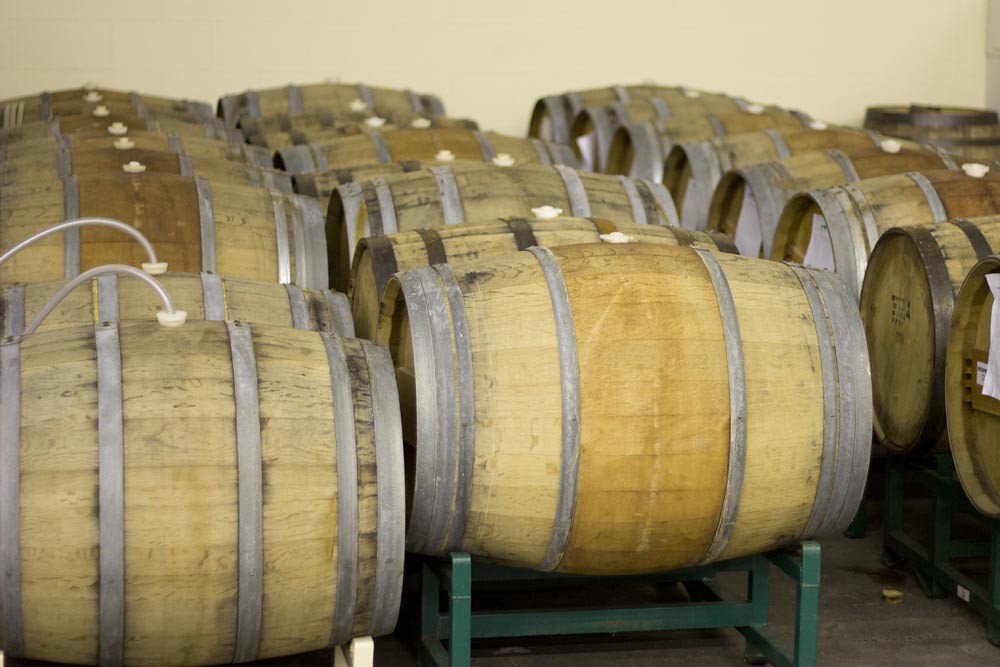
Aging the Beer in Wood
Once the wood is prepared, it’s time to age the beer in it. Several factors need to be considered during the aging process to achieve the desired flavors.
Selecting the Right Beer Style for Aging
Not all beer styles are suitable for aging in wood. Generally, stronger and more complex styles, such as stouts, barleywines, and sour beers, are ideal candidates for wood aging. These styles can better withstand the intense flavors and aromas imparted by the wood, resulting in a more balanced and harmonious beer. It’s essential to choose a beer style that will complement and enhance the flavors extracted from the wood.
Determining the Length of Aging
The length of time beer should be aged in wood depends on the desired flavor development. Stronger beers can withstand longer aging periods, allowing the flavors to mellow and meld together. Lighter beers, on the other hand, may require shorter aging periods to avoid overpowering the base beer. It’s crucial to taste the beer regularly during the aging process to monitor the flavors and determine when it has reached the desired level of wood integration.
Factors Affecting Flavor Development
Several factors can affect the flavor development during wood aging. Temperature and humidity play a significant role in the extraction and evaporation of flavors. Higher temperatures can accelerate flavor extraction, while lower temperatures can slow it down. Humidity levels can affect the evaporation and concentration of flavors. Additionally, the size and shape of the wood, as well as the beer’s ABV and pH, can impact the rate and intensity of flavor development. It’s important to experiment and take note of these factors to refine the wood aging process.
Barrel Flavorings and Alternatives
While traditional wooden barrels are a popular choice for aging beer, there are other alternatives to achieve unique flavors without the need for full-sized barrels.
Using Oak Barrels for Flavoring
Traditional oak barrels offer a depth and complexity of flavors that are hard to replicate with other methods. They provide a controlled micro-oxygenation process, allowing the beer to breathe and develop new flavors over time. Oak barrels can be used for aging beers or, alternatively, broken down into smaller pieces, such as staves or chips, to add flavor to the beer during fermentation or aging.
Exploring Other Barrel Alternatives
In addition to oak barrels, there are other barrel alternatives that can add distinct flavors to beer. Barrels made from different types of wood, such as cherry, maple, or chestnut, can introduce unique flavors and aromas. Non-traditional barrels, such as those previously used for spirits like tequila or rum, can infuse the beer with additional layers of complexity. Experimenting with different barrel alternatives can lead to exciting and unexpected flavor combinations.
Incorporating Flavorings without Barrels
For brewers who don’t have access to barrels or prefer a more controlled flavor extraction, there are other methods to incorporate wood flavors into beer. Wood chips, cubes, or spirals can be added directly to the fermenter or aging vessel to infuse the beer with wood flavors. These wood alternatives offer convenience and control over the intensity and duration of flavor extraction. Additionally, liquid wood extracts or flavorings can be used (always be conservative when using an exact until you can dial it in for future batches), providing a quick and easy way to add wood flavors without the need for physical wood contact.
Adding Wood to the Fermentation Process
Aside from aging beer in wood, wood can also be added directly to the fermentation process to achieve desired flavors.
Directly Adding Wood Chips or Cubes to the Fermenter
One method of incorporating wood flavors into beer is by adding wood chips or cubes directly to the fermenter. These small pieces of wood can be added during fermentation or secondary fermentation to extract flavors during the active fermentation process. The agitation and movement of the beer help to accelerate flavor extraction, resulting in a shorter aging time. It’s essential to use the appropriate amount of wood chips or cubes based on the desired intensity of flavors to avoid overpowering the beer. The oak taste is released a little more gradually in oak cubes due to their smaller surface area than in wood chips. Chips are difficult to remove from your beer; cubes are far easier to remove.
Utilizing Wood Barrel Staves or Spirals
Wood barrel staves or spirals can also be used during fermentation to impart flavors gradually. The elongated shape of staves and spirals allows for a slower and more controlled release of flavors into the beer. They can be added directly to the fermenter or suspended using a mesh bag to facilitate easy removal. Utilizing barrel staves or spirals provides flexibility in the intensity and duration of flavor extraction, allowing brewers to fine-tune the wood flavors in the beer.
Tips for Achieving Desired Flavors
When adding wood to the fermentation process, it’s essential to consider the desired flavors and experiment with different wood types, sizes, and contact times. Tasting the beer regularly during fermentation helps determine when the desired flavors have been achieved. It’s important to keep in mind that wood flavors can intensify over time, so it’s better to start with less wood and gradually increase if needed. Taking detailed notes and adjusting the process based on the results of each batch will help refine the wood aging techniques.
Blending and Experimentation
Blending aged and non-aged beers or combining multiple barrel flavors can add complexity and depth to the final beer. The art of blending and experimentation allows brewers to create unique flavor combinations.
Blending Aged and Non-Aged Beers
One way to incorporate wood flavors into a beer is by blending aged and non-aged beers. By blending different vintages or batches of beer, brewers can achieve a balance between youthful and mature flavors. The aged beer brings the desired wood flavors, while the non-aged beer adds freshness and complexity. This technique allows for greater control over the final flavor profile and can result in a well-rounded and harmonious beer.
Combining Multiple Barrel Flavors
To create even more complexity, brewers can experiment with combining beers aged in different barrel flavors. By blending beers aged in oak, cherry, and other types of barrels, unique and layered flavors can be achieved. The various wood flavors interact and complement each other, resulting in a beer with a nuanced and multi-dimensional taste. This can be a creative and exciting way to push the boundaries of wood aging and create truly one-of-a-kind beers.
Exploring Unique Flavor Combinations
The possibilities for flavor combinations are endless when it comes to wood aging. Brewers can experiment with different woods, blending techniques, and even adding additional flavorings to create unique and unexpected flavors. Infusing wood-aged beers with fruit, spices, or even other beverages like coffee or chocolate can create a whole new level of complexity. The key is to approach wood aging with an open mind and a willingness to explore and try new flavor combinations.
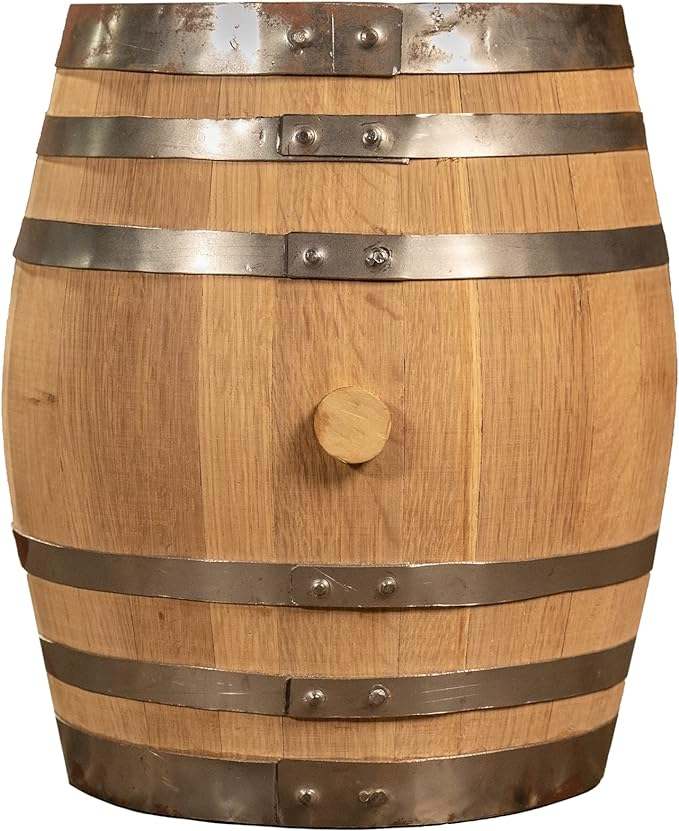
(this one is sold by Midwest Barrel Co.)
Controlling and Balancing Wood Flavors
Achieving the desired wood flavors in a beer requires careful control and balancing throughout the aging process. Regular tasting and monitoring are essential to maintain the balance and ensure that the wood flavors are not overpowering.
Tasting and Monitoring the Progress of Aging
During the aging process, it’s important to regularly sample the beer to monitor the progress of flavor development. Tasting allows brewers to assess the intensity of wood flavors, identify any off-flavors or taints, and track the overall balance of the beer. Tasting notes should be recorded to document the changes over time and help refine future wood aging projects.
Adjusting or Modifying Wood Flavors
If the wood flavors are too subtle or too dominant, adjustments can be made throughout the aging process. Increasing the contact time with the wood, adding more wood, or even changing the type of wood used can intensify the flavors. Conversely, if the wood flavors are overpowering, blending with non-aged beer or diluting with fresh beer can help to balance the flavors. Modifying wood flavors requires experimentation and a thorough understanding of the desired outcome.
Maintaining Balance in the Final Beer
Achieving balance is crucial when it comes to wood aging. The wood flavors should enhance and complement the base beer flavors, not overpower them. It’s important to consider the intended style of the beer and the desired level of wood integration during the aging process. Careful blending, tasting, and adjustment of wood flavors throughout the aging process will ensure a harmonious and well-balanced final beer.
Troubleshooting Wood Aging Issues
Wood aging can sometimes present challenges and issues that need to be addressed to ensure the quality of the final beer.
Off-Flavors and Taints from the Wood
Wood can introduce off-flavors or taints to the beer if not properly prepared or maintained. Common off-flavors include astringency, harsh bitterness, or musty flavors. To avoid these issues, it’s crucial to thoroughly clean and sanitize the wood before adding it to the beer. Proper care and storage of the wood during and between aging batches can also help prevent off-flavors. If off-flavors are detected, blending with fresh beer or adjusting the wood contact time might help mitigate the undesirable flavors.
Infection and Contamination Risks
Wood is a porous material that can harbor bacteria and wild yeast, increasing the risk of contamination and infection. Proper cleaning and sanitizing of the wood are essential to minimize these risks. Sanitizing the wood with appropriate solutions or tablets designed for wood can help kill any potential contaminants. Additionally, monitoring the fermentation process and regularly testing for unwanted microorganisms can help identify and address any infection or contamination issues.
Resolving Timing and Extraction Problems
Timing and extraction issues can arise during wood aging, resulting in either insufficient or overpowering wood flavors. If the flavors are too subtle, extending the aging period or increasing the wood-to-beer ratio can improve extraction. Conversely, if the flavors are too intense, blending with fresh beer or diluting can help achieve the desired balance. Careful monitoring, adjustment, and note-taking throughout the aging process will help troubleshoot and overcome timing and extraction problems.
Tips for Successful Wood Aging
Wood aging is a complex process that requires attention to detail and patience. Here are some tips to ensure successful wood aging:
Maintaining Proper Sanitation Practices
Proper sanitation is crucial when working with wood in the brewing process. Clean and sanitize all wood and equipment thoroughly to minimize the risk of contamination. Regularly sanitize any tools used for handling the wood, such as measuring spoons or mesh bags, to prevent the introduction of unwanted bacteria or yeast.
Understanding the Importance of Patience
Wood aging takes time. It’s important to be patient and allow the beer to develop flavors gradually over the aging period. Rushing the process can result in unbalanced or harsh flavors. Regular tasting and monitoring will help determine when the beer has reached the desired level of wood integration.
Documenting and Learning from Each Batch
Keeping detailed notes and records of each wood aging batch is crucial for future reference and learning. Document the wood type, size, contact time, tasting notes, and any adjustments made throughout the process. This information will help refine the aging technique, troubleshoot issues, and ultimately create better wood-aged beers in the future.
Conclusion
Wood aging and barrel flavorings offer homebrewers the opportunity to create unique and complex beers with flavors that are not achievable through traditional brewing methods. By carefully choosing the right wood, preparing it properly, and understanding the aging process, brewers can create a wide range of flavors and aromas that add depth and character to their beers. With experimentation, patience, and attention to detail, homebrewers can explore the art of wood aging and create truly distinctive and unforgettable beers.
© 2024 by Brew Info. Reserved all rights. This document cannot be copied or communicated in any way without Brew Info prior written consent, whether it be electronically, mechanically, through photocopying, recording, or another medium.

